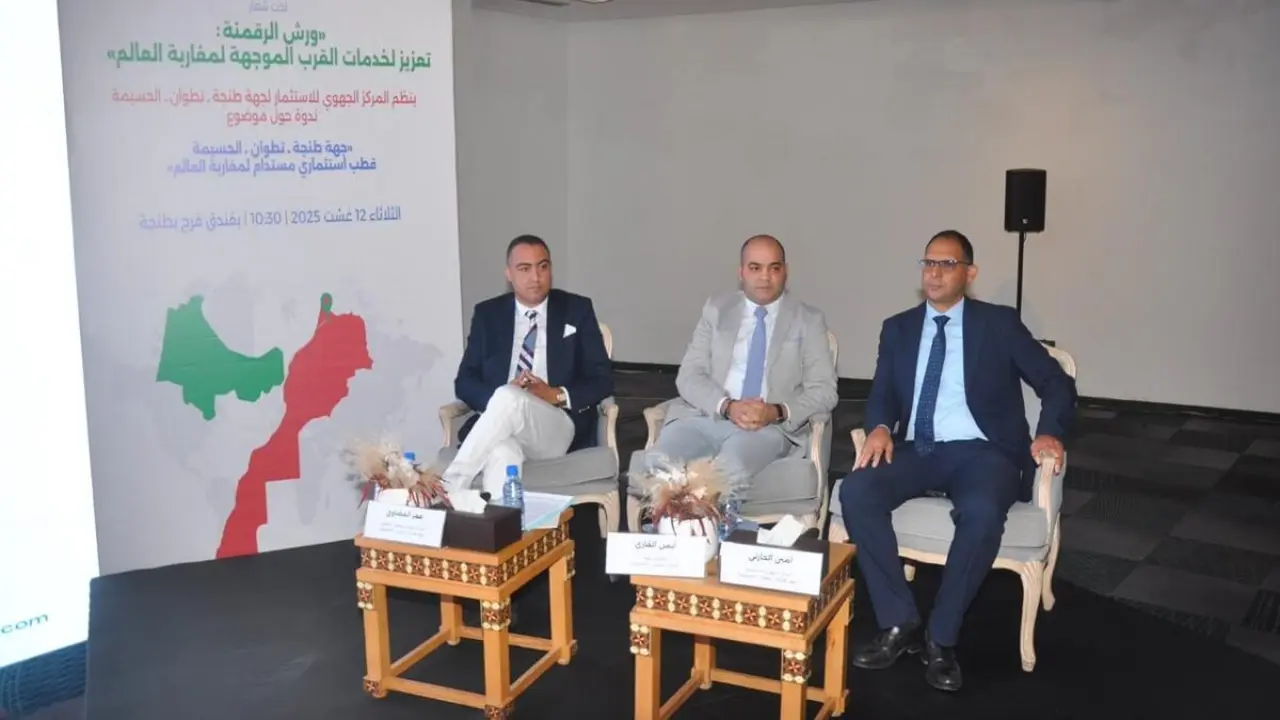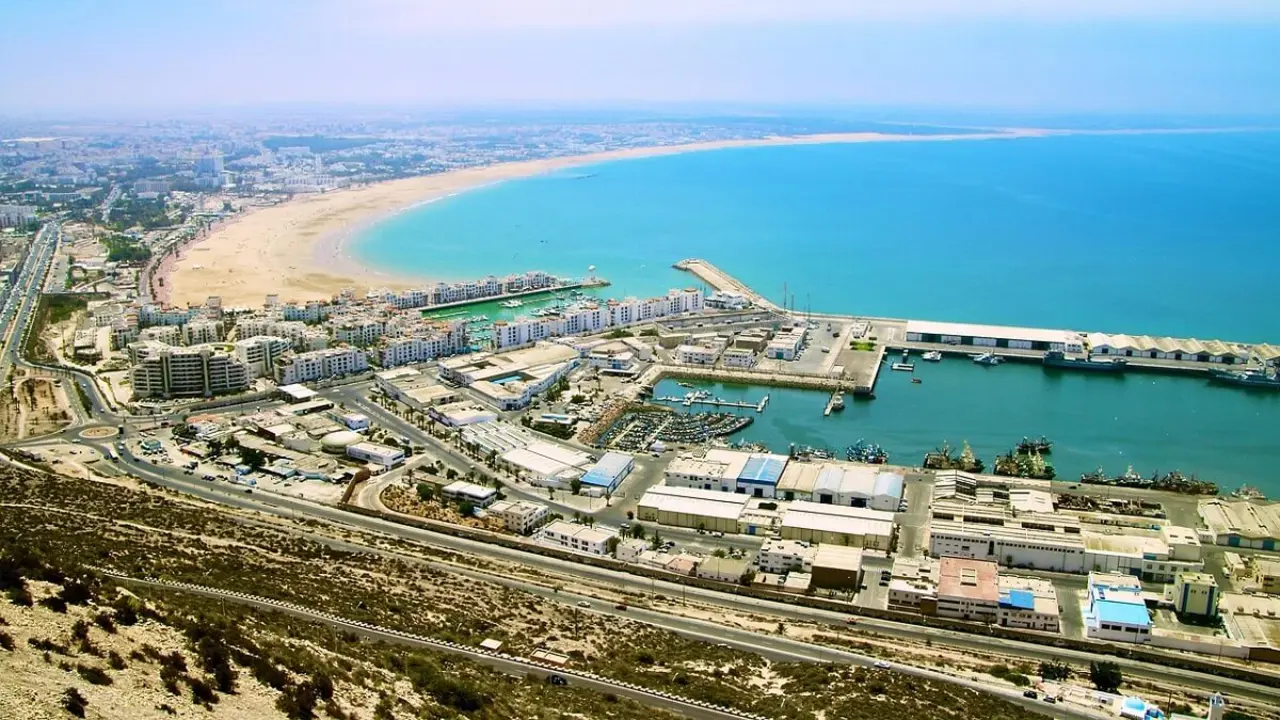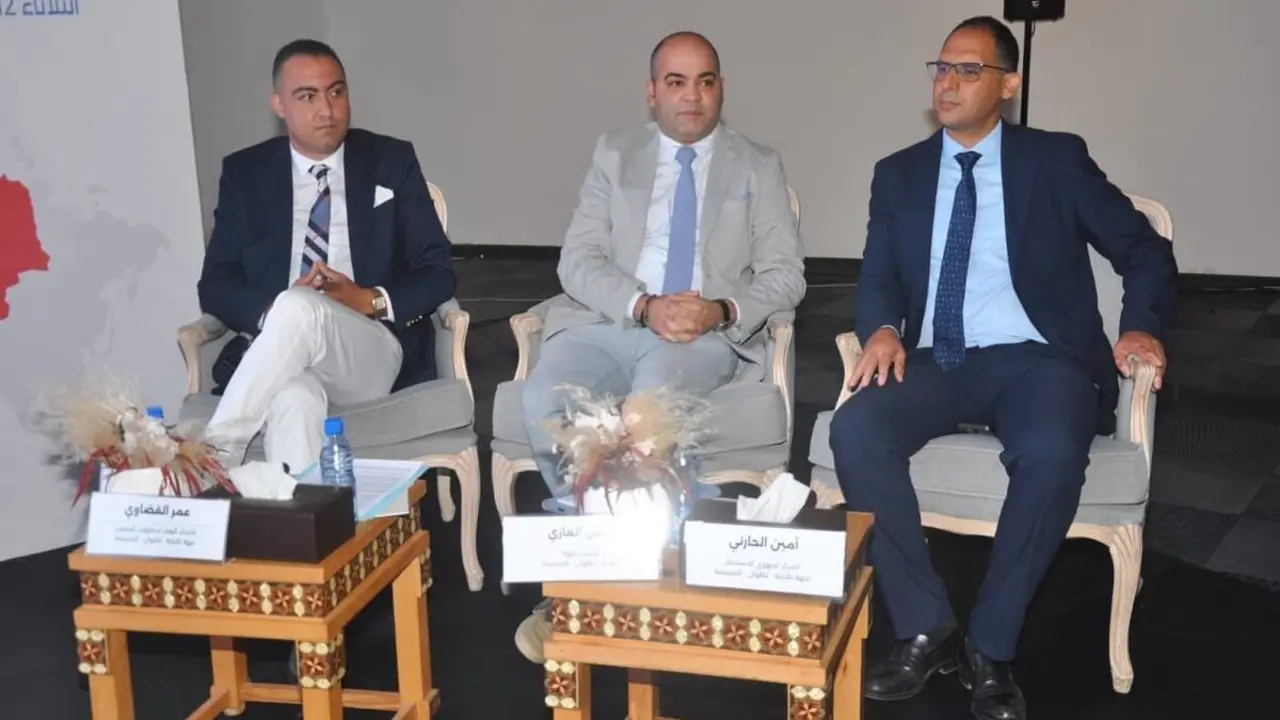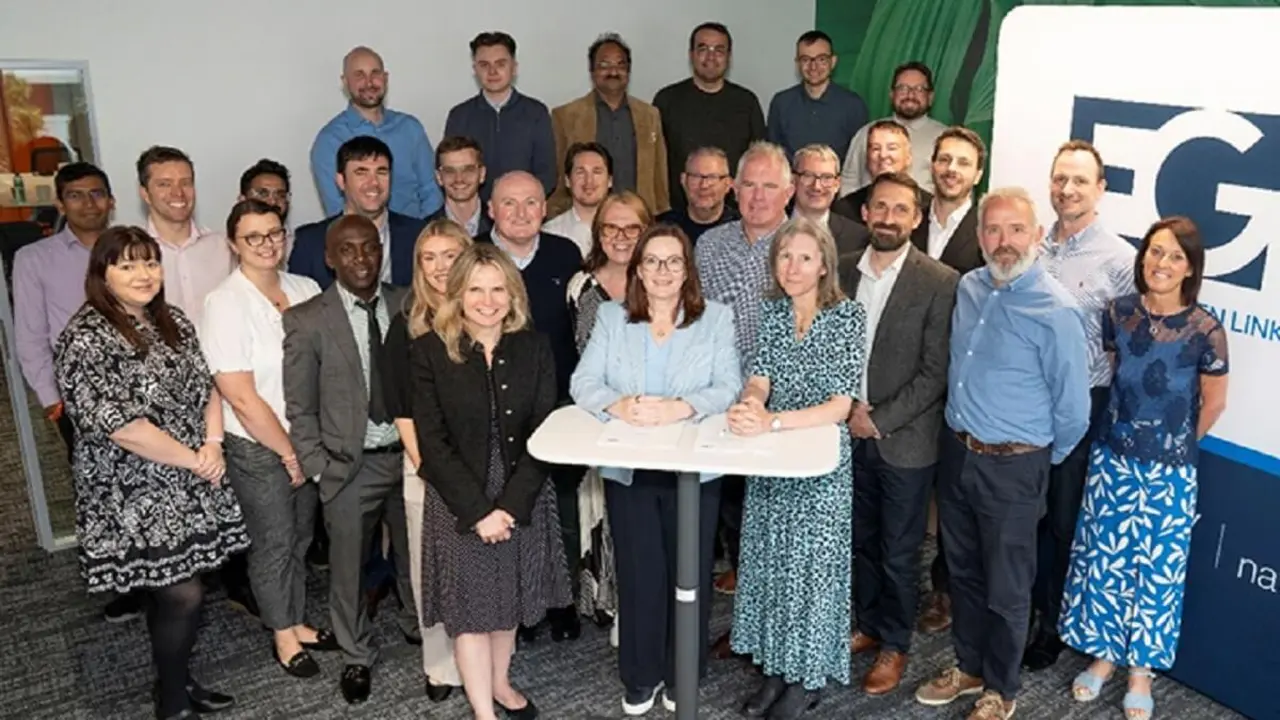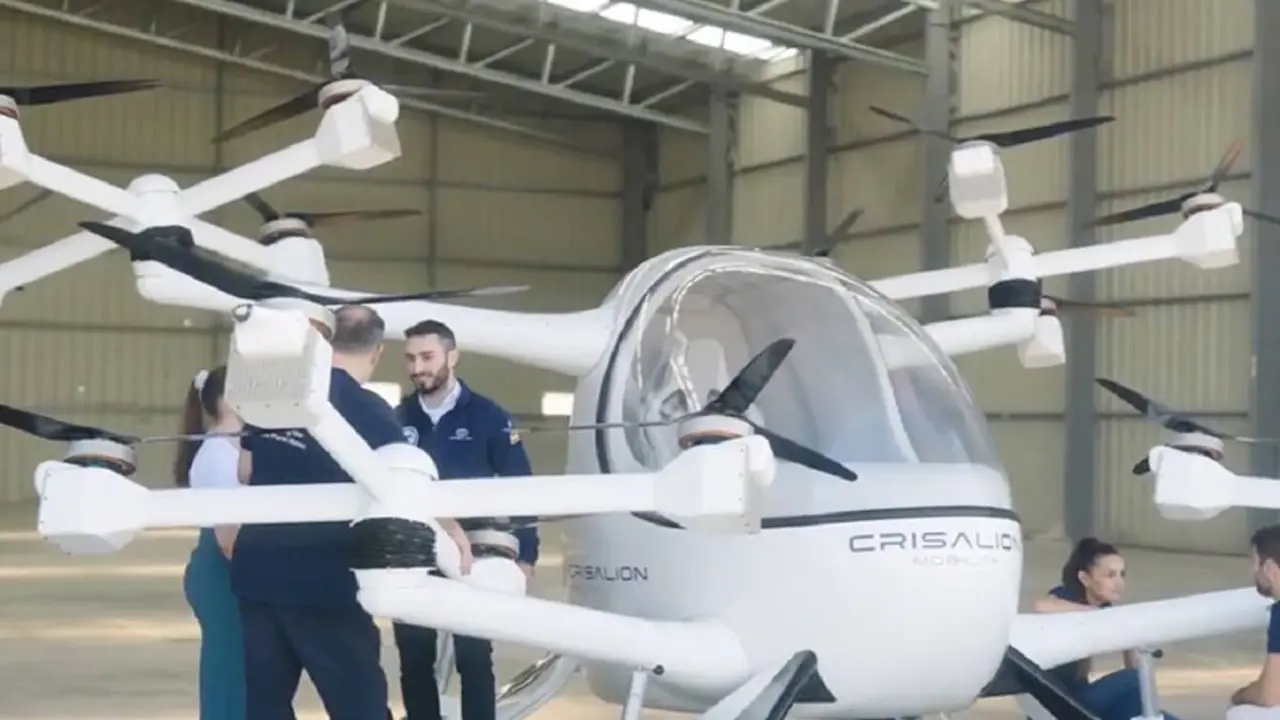Indra presents 17 disruptive projects from the NGWS/FCAS programme
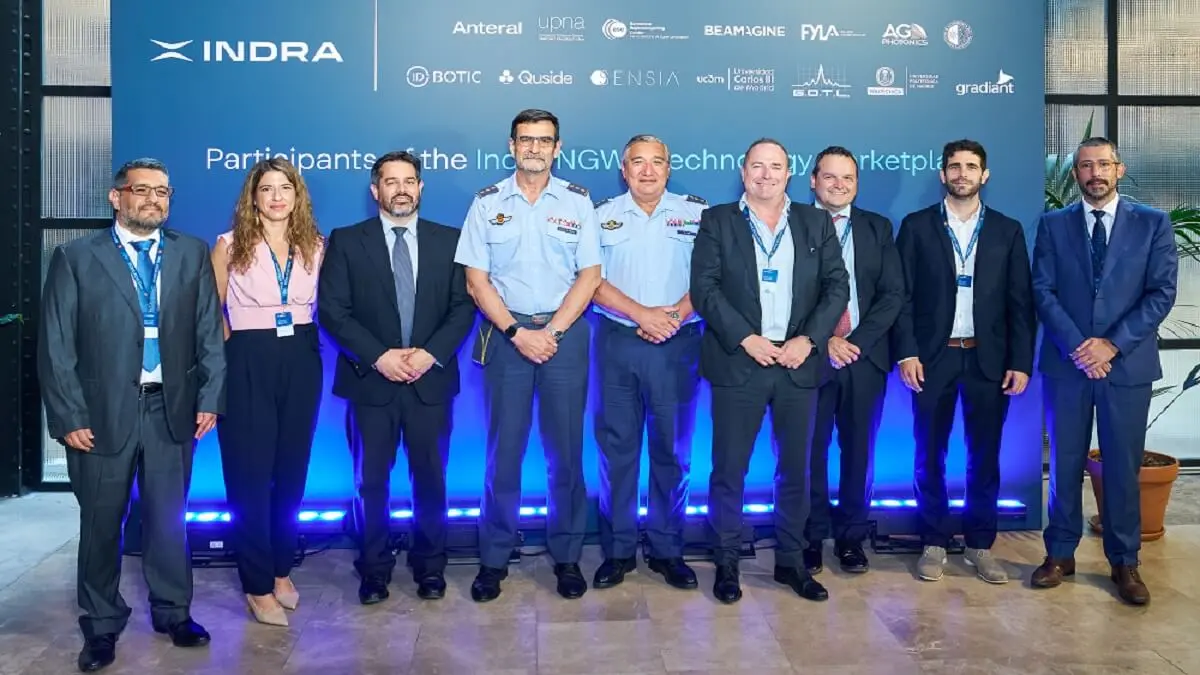
Indra has held the Indra NGWS Technology Marketplace, where 14 companies, universities and research centres from across Spain belonging to the civil sector have presented 17 highly innovative projects that they are developing or have completed within the NGWS/FCAS programme, which is developing a cutting-edge Future Air Combat System.
These are projects related to the combat cloud promoted by the Barcelona Supercomputing Centre–National Supercomputing Centre (BSC-CNS) and Gradiant; the companies Fyla, AG Photonics and the Canary Islands Institute of Astrophysics; IDBotic; and Quside. There are also projects focused on the development of advanced sensors, on which Sensia and the Polytechnic University of Madrid; Anteral and the Public University of Navarre (UPNA); the Carlos III University of Madrid and the Optoelectronics and Laser Technology Group (GOTL) of the same university; Beamagine; and Gradiant have been working. These projects highlight the use of edge computing, cloud computing, artificial intelligence, photonics, quantum technologies, advanced cybersecurity techniques, the Internet of Things and advanced communications, among others.

As national coordinator of the NGWS/FCAS programme, Indra has facilitated the entry of all these entities into what is currently the most ambitious defence programme underway in Europe.
At this event, these entities had the opportunity to showcase their work directly to the national and international bodies responsible for overseeing the programme — the CPT or Combined Project Team, the DGAM-Programme Office and the Directorate General for Strategy and Innovation in the Defence Industry (DIGEID) of the Ministry of Defence — in a marketplace format in which each of them had its own stand.
Indra is thus demonstrating its leadership and ability to act as a driving force for the entire Spanish business and innovation fabric, mobilising it to strengthen Spain's position in major European defence programmes.
The NGWS/FCAS, an initiative promoted by Germany, Spain and France, is working on the development of a futuristic system of systems, consisting of a sixth-generation fighter aircraft that will fly escorted by several carriers or drones, all operating within a combat cloud. The system incorporates technologies that must be at the cutting edge in 2040, which requires identifying any disruptive proposals today in order to accelerate their maturation as much as possible and have them available within 15 years.
For this reason, the NGWS/FCAS programme has encouraged, from the earliest stages, the participation of companies that are not usually part of the defence world but work on cutting-edge dual-use technologies that will be key in the future.
The director of Indra's Air Dominance Business Unit, Miguel García Moreno, opened the event, held on Wednesday 25 June, highlighting the ‘ultra-innovative nature of this programme, which takes innovation one step further’.
García Moreno gave the floor to the director of the NGWS/FCAS programme at Indra, Jorge San José, who stressed that the programme also has ‘a unifying character, which is promoting the development of highly innovative companies in all regions of Spain, retaining talent and generating highly skilled and quality jobs’.
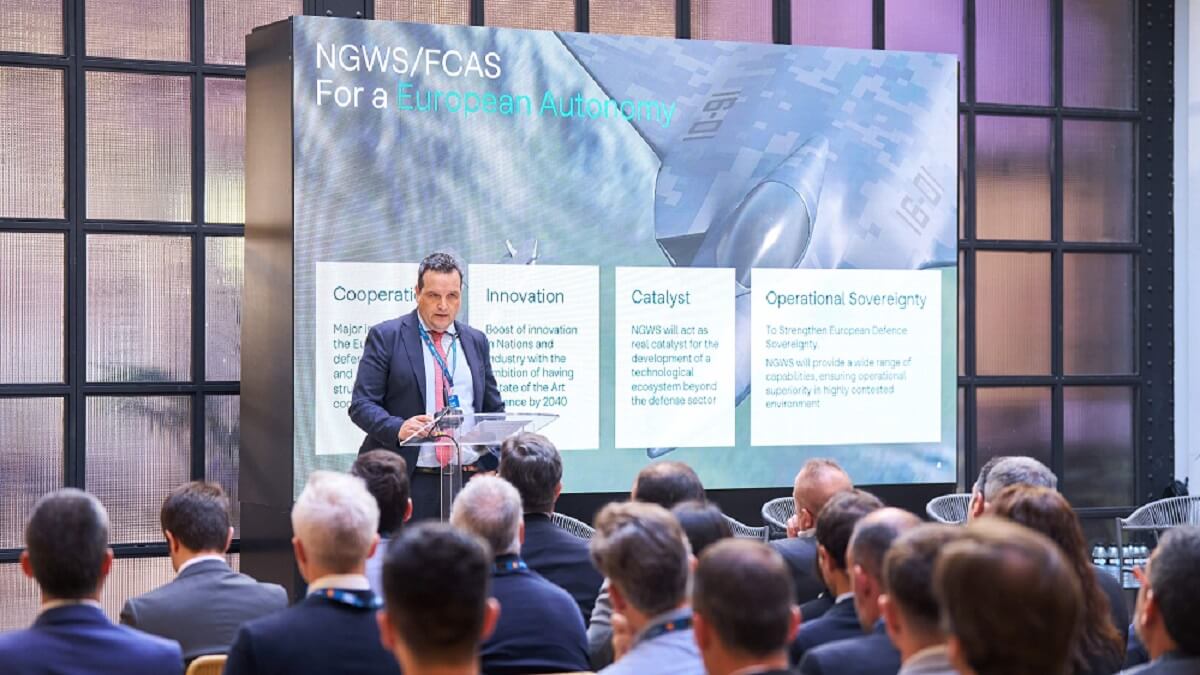
Following these speeches, the director of the Combined Project Team for Spain, Colonel Luis Villar; the head of the Fixed Wing Office in the Sub-Directorate General for Programmes of the DGAM, Colonel Francisco Javier Martín García-Almenta; the head of the Sensors Pillar of the NGWS/FCAS programme at Indra, Eduardo Aguiar; and the chief engineer of the Combat Cloud Pillar at Indra, Borja López, discussed the importance of innovation and the valuable contribution of the 14 entities that have worked on these 17 technology projects, highlighting the enormous value of incorporating dual-use civil technologies into the world of defence.




